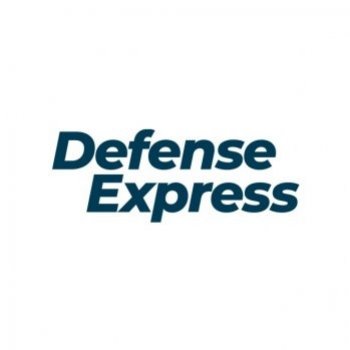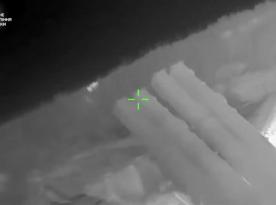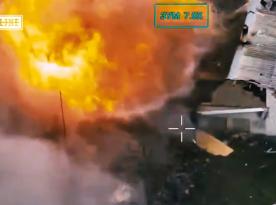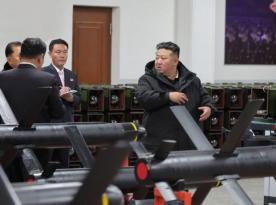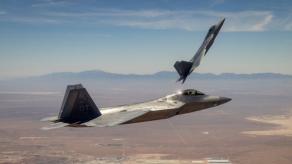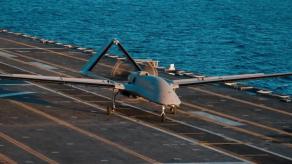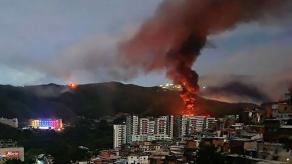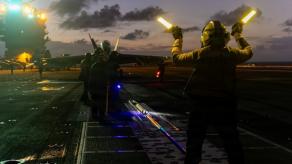russia remains heavily reliant on Western components, especially electronics. However, sanctions imposed in 2022 have blocked access to this crucial supply, The Telegraph reports.
“It’s evident that russia’s military industry remains heavily reliant on Western components, especially electronics,” explained Frontelligence Insight, a Ukrainian analysis group.
Read more: russia Actively Sought Components for Su-57, Bypassing Western Sanctions During the Full-Scale Invasion of Ukraine
Sanctions imposed by Western governments in the 31 months since russia expanded its war on Ukraine have severely restricted the supply of this crucial hardware. Consequently, “production of the Su-57 is now at risk,” Frontelligence Insight concluded.
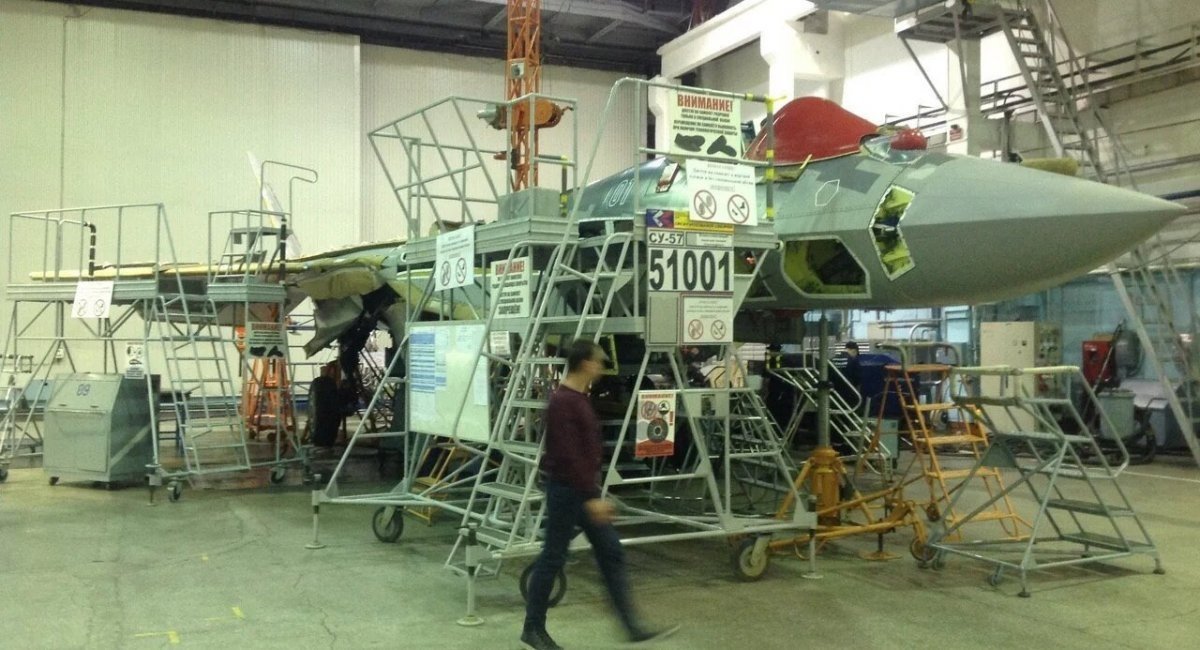
As the publication notes, the Su-57 is a large, fast fighter with radar-evading capabilities, designed as russia’s counterpart to the U.S. Lockheed Martin F-22 Raptor. It is intended to replace aging Mikoyan MiG-29s and Sukhoi Su-27s, along with their variants, in russian air force service.
The Su-57 had its maiden flight in 2010, two decades after the Raptor, the world’s first fifth-generation stealth fighter. Over the next decade, Sukhoi’s workers manually assembled 10 test models. In 2019, the Kremlin signed a contract for 76 production jets, reportedly at a cost of around $50 million per unit.
The russian firm delivered the first 10 production Su-57s to the air force in 2022 and another 11 in 2023. So far this year, Sukhoi reportedly has handed over just a few additional planes.
And in the meantime, the russian air force has lost two Su-57s – one test model and a production jet – to crashes. A Ukrainian drone strike on russia’s Akhtubinsk State Flight Test Center in southern russia in June destroyed at least one additional Su-57 on the ground.
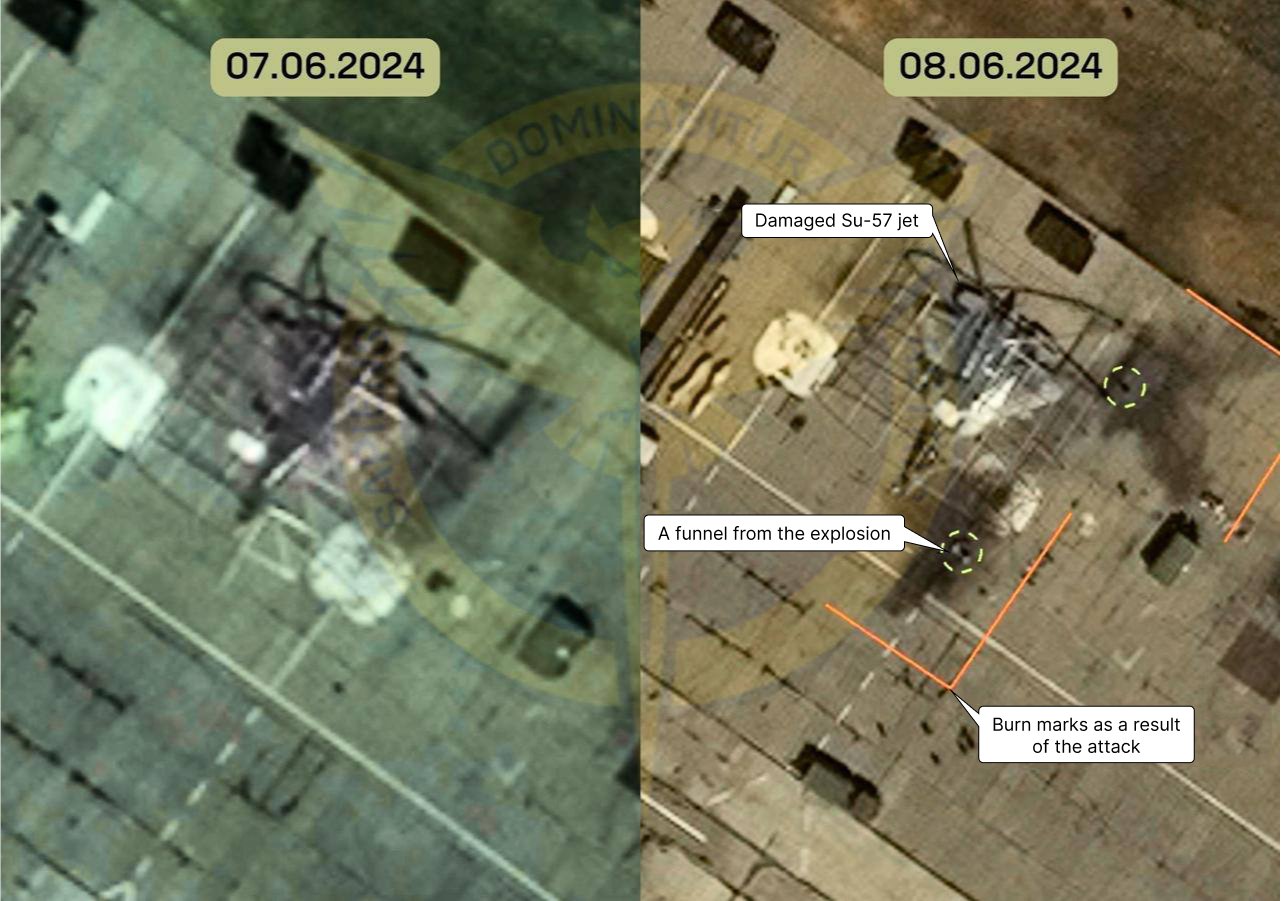
Fourteen years after its first flight, there are just over 30 Su-57s in russia’s inventory, with a third being test models possibly lacking key electronics. This is a meager force for an air fleet of around 1,000 fighters, especially since 100 have been lost over Ukraine since 2022. The delivery rate for new Su-57s has slowed between 2023 and 2024, contrary to typical trends of increased production.
Where once Sukhoi could legally import MPPU-50s and parts for MPPU-50s, now it must acquire them illicitly from third parties. “Considering that russian military production continued to expand in 2023 and 2024, it’s clear that they find ways to smuggle key components or purchase Chinese replacements to maintain production,” Frontelligence Insight noted.

But the illegal importation takes time, effort and money – and has slowed the production rate for new Su-57s and likely increased the per-plane cost
Some experts have suggested russia pivot to producing simpler fighters like the MiG-35, which could be more economical and easier to manufacture. This shift, however, highlights how far russia is lagging behind, while the U.S. prepares for its next-generation stealth fighter, set to surpass the Su-57.
Read more: Production Tempo at Su-35S and Su-57 Assembly Lines in russia Look Nothing Like You'd Expect From a Country at War



